|
It all started with a phone call from a potential customer looking for soy free eggs. He said he wanted them for health reasons, and asked if I had any. My chickens free range and eat plenty of bugs and worms, but they are also supplemented with commercial chicken feed. That evening I reviewed the label on my feed. Ground Corn, Processed Grain By-Products, Soybean Meal, Porcine Meat & Bone Meal. Definitely not soy free. So, two main questions came to mind. 1) What’s wrong with soy? And 2) Where can I find soy free chicken feed? Many of the common foods we eat have been featured at one time or another in an article or study as being bad for us. Coffee, dairy, eggs, meat, etc. etc… I don’t usually fall for these diet and nutrition fads. My usual rule of thumb is moderation and to the extent possible, avoidance of artificial food (i.e. artificial sweeteners and margarine). This idea of soy being bad was news to me, but sparked my interest to learn more. The arguments for ‘benefits’ and ‘risks’ of soy are abundant as evidenced by the list of references below. I highly recommend reviewing these and others if you find this a topic of interest. I found the evidence of soy risks to be most convincing. Raw soybeans are toxic to humans and animals, and soybeans are listed in the FDA’s poisonous plant database. Soybeans contain multiple anti-nutritional factors and toxins that require fermentation or other similar processing to make them edible. One of the most frequently discussed risks of soy is that most soy today contains phytoestrogens, which are estrogen mimickers in the body. In large amounts, this could cause an increased risk of breast, thyroid and other cancers, and other hormone related problems. In males, it could cause reduced fertility and promote feminine characteristics. According to ‘the whole soy story’ by Kaayla Daniel, years ago the Chinese considered soy inedible and used it as a nitrogen source for the soil. It wasn’t until later (2500 years ago), the Chinese learned to make soy a food source through fermentation (miso, tofu). Soy began to gain popularity in the US in the 1930's, promoted by John Harvey Kellogg and Henry Ford. It was later promoted as a health food for people trying to avoid meat and dairy. The rest of the soy story is history, mass production, and great marketing. In the late 1990's, scientists developed genetically modified (GMO) soy plants designed to resist roundup used to kill weeds and certain bacteria. Other interesting facts are, soy is listed as one of the top 8 allergens and is found in a large majority of processed foods and its by products are found in most commercial livestock feed. Now, the most important fact to me is that soy is not a natural food for chickens and is not healthy for them. Yet, it is used in nearly every commercial chicken feed – including all that are sold locally – because it is a cheap protein. The soy used in chicken feed is a byproduct after it has been processed for oil, then the leftover fiber is roasted. Chickens are omnivores – not vegetarians - and require a significant amount of protein to be healthy and productive. Since adding meat products to chicken feed is not always feasible, soy was the next and cheapest alternative. Enlightened with this new knowledge, the quest for soy free chicken feed began. I searched google, and called local feed stores. Two brands were discovered, neither available in stores, but could be ordered and shipped for triple the cost of my current feed. This was not economically feasible and would have made the cost of my eggs nearly $10 per dozen just to break even. My chickens are worth a lot to me, but I also have to be practical. Since purchasing commercial soy free feed was not an immediate option, the next solution was to formulate and mix my own feed from a local feed source. After researching poultry nutrition and finding several recipes from others who had done the same, I called my favorite feed mill. They were very willing to mix my formula for a minimum 500 pound order. Having 70 chickens to feed, that was no problem. My first batch included wheat, peas, oats, black oil sunflower seeds, corn, alfalfa, calcium, flax seed, kelp, Poultry nutra-balancer, and a side dish of fish meal. Peas and fish meal were primarily to replace the protein lost from the soy. The new feed was gradually introduced by mixing it with their old feed in increasing percentages over a two week period. A couple of observations were, 2) they didn’t seem to like the peas in dry form and 2) the powdery additives were left behind in the bottom of the feeder. Both of these problems were solved when offering them fermented feed. (Fermented feed is using the same ration soaked in water for about 48 hours). When it was time for a second order, I realized too late I did not leave enough time for the mill to prepare before I was to run out of feed. (Some of my ingredients were not regularly stocked and had to be special ordered). To get us through to the next batch, I bought a bag of their former commercial feed and put some in a feeder. To my surprise, the chickens did not want to eat the old soy filled feed. They crowded around the new colorful feed and avoided the soy. This, alone was encouraging. Another observation was, it was although it was January and days were not getting longer and the weather had not changed, I was now getting about 25% more eggs per week than previously. I’m sure the recipe will be fluid and change depending upon season and nutritional needs, and as I learn what works best for them. Now that the weather is getting warmer (in February!!), they are being given more access to free range and search for bugs, worms and their favorite treat, frogs. Making my own feed is more work and a little more cost, but so far, it seems to be working for me and my chickens. 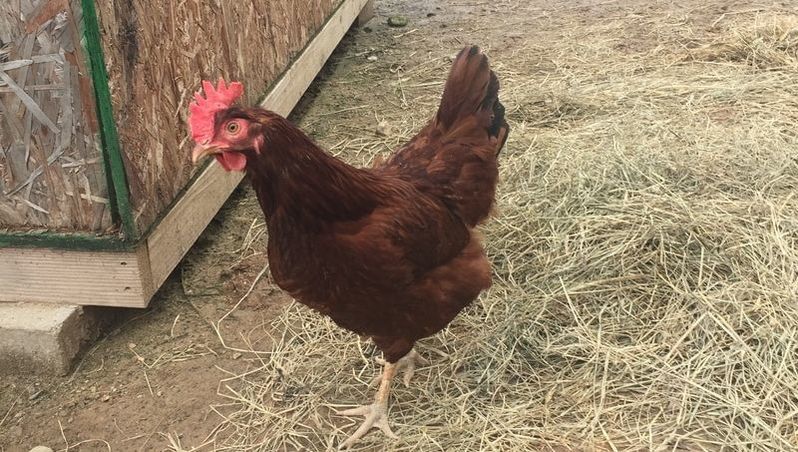 References:
The whole soy story, the dark side of America’s favorite health food, Kaayla T. Daniel, PhD, CCN., 2005. The Hidden Dangers of Soy, Dianne Gregg, 2008. http://www.phoenixorganicfeed.com/why-no-soy.html https://etd.ohiolink.edu/rws_etd/document/get/osu1236706764/inline https://organicchickenfeed.com/benefits-of-soy-free-chicken-feed http://smallfarms.oregonstate.edu/sfn/su10soypoultry http://www.wellfedhomestead.com/should-chickens-eat-soy http://www.grassfedgirl.com/why-buy-soy-free-pastured-eggs/ http://articles.extension.org/pages/67352/feeding-soybean-to-poultry https://healthimpactnews.com/2011/soy-protein-present-in-all-egg-yolks-and-chicken-tissues/ http://www.westonaprice.org/health-topics/the-soy-ling-of-america-second-hand-soy-from-animal-feeds/ https://wellnessmama.com/3684/is-soy-healthy/ http://www.webmd.com/food-recipes/features/how-good-is-soy#1 https://draxe.com/is-soy-bad-for-you/ https://authoritynutrition.com/is-soy-bad-for-you-or-good/ http://www.doctoroz.com/article/soy-good-bad-and-best http://www.bonappetit.com/entertaining-style/trends-news/article/tofu-what-does-science-say http://health.usnews.com/health-news/health-wellness/articles/2016-02-05/is-soy-good-or-bad-for-you http://www.foodrenegade.com/dangers-of-soy/ http://www.bodyandsoul.com.au/nutrition/nutrition-tips/is-soy-good-for-you/news-story/b71b929fe3300ae2a58539617aae9104 http://www.dana-farber.org/Health-Library/Eggs-From-Soy-Fed-Chickens.aspx
2 Comments
|
AuthorMy name is Christy Franklin. Archives
February 2021
Categories |
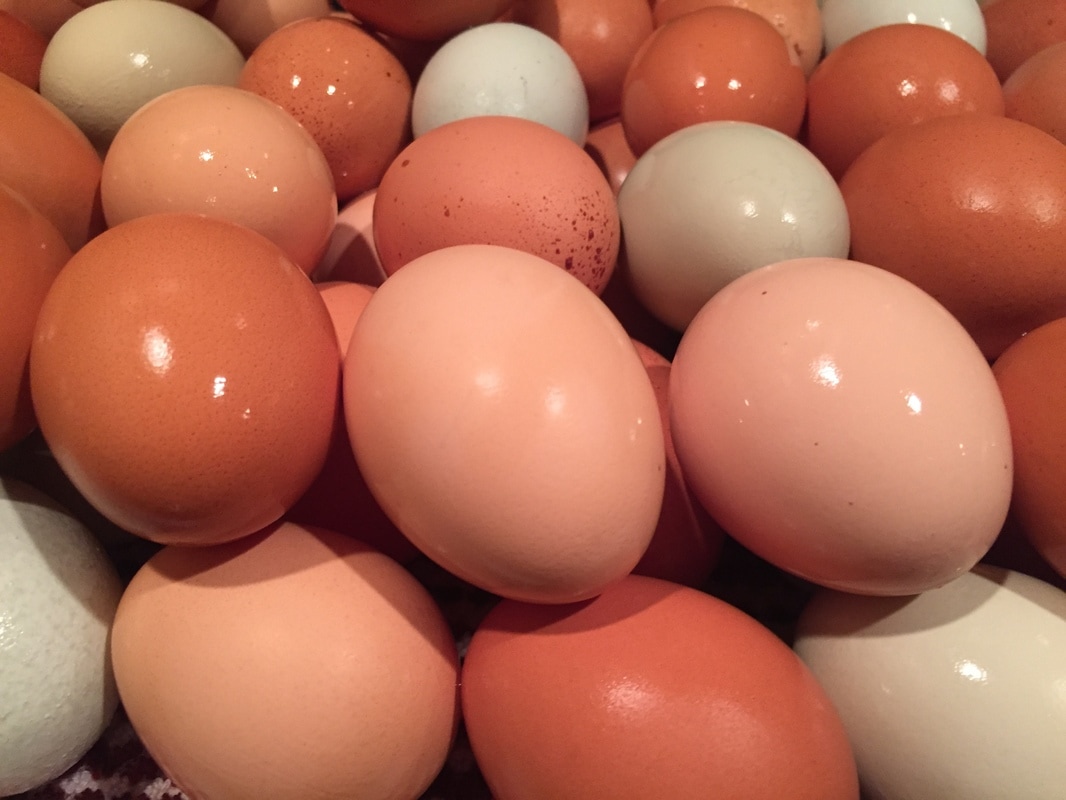
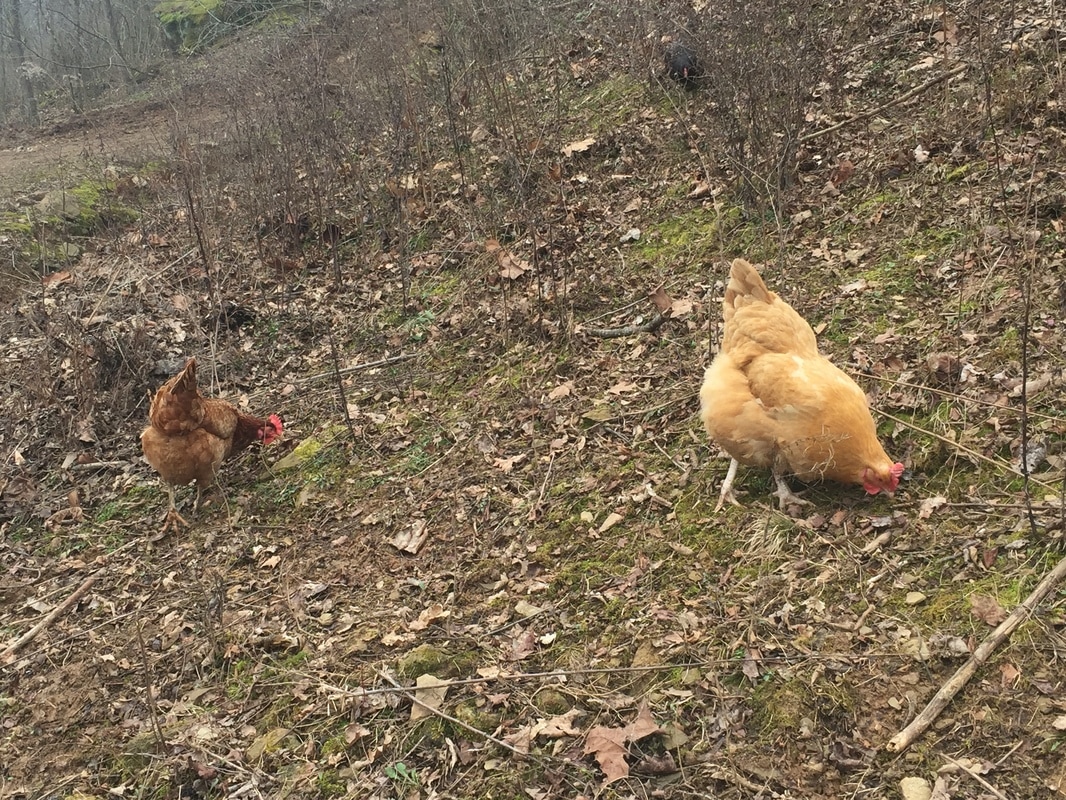
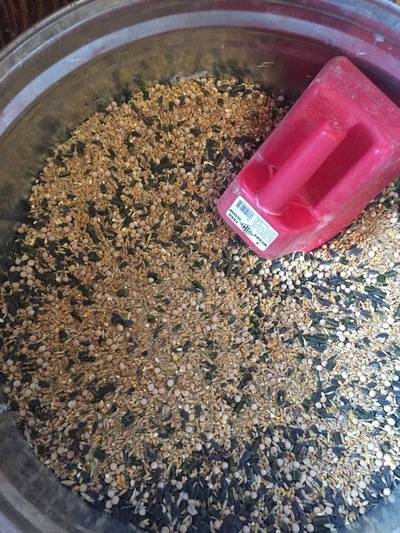
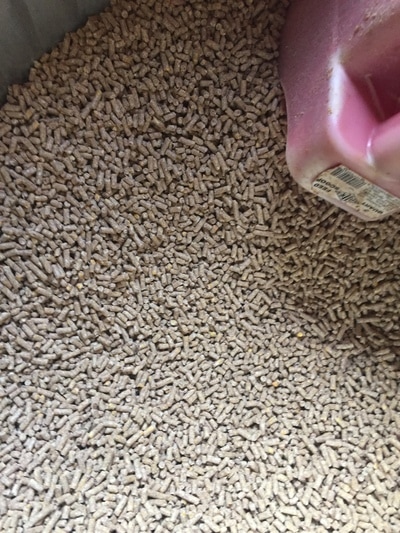
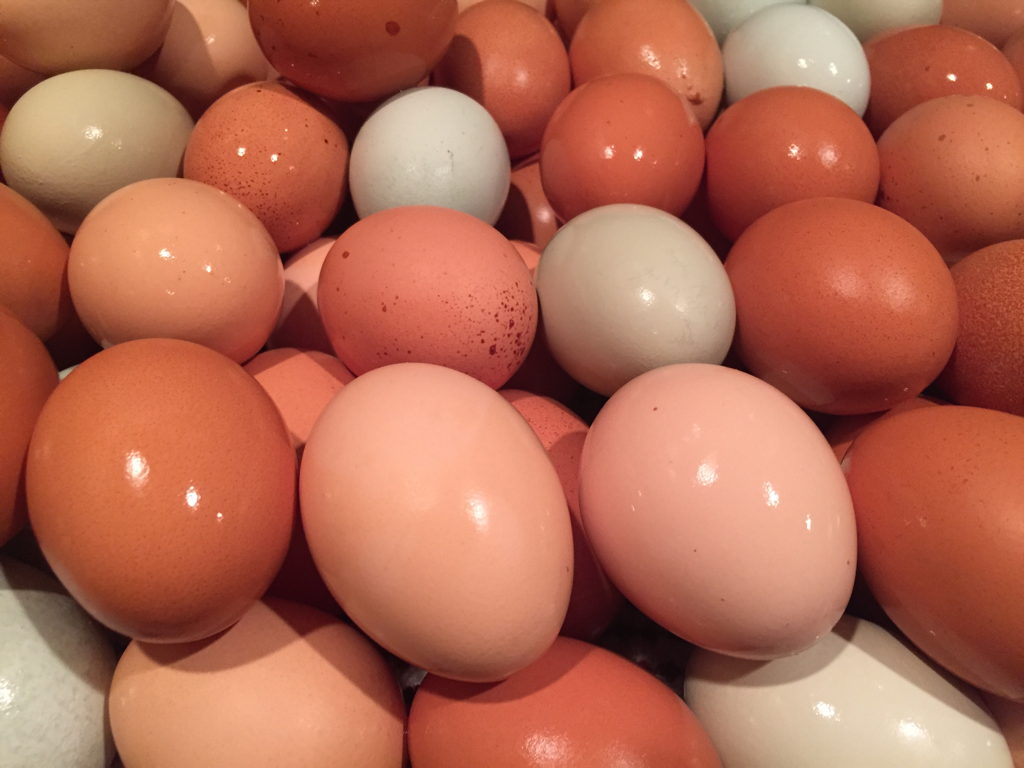
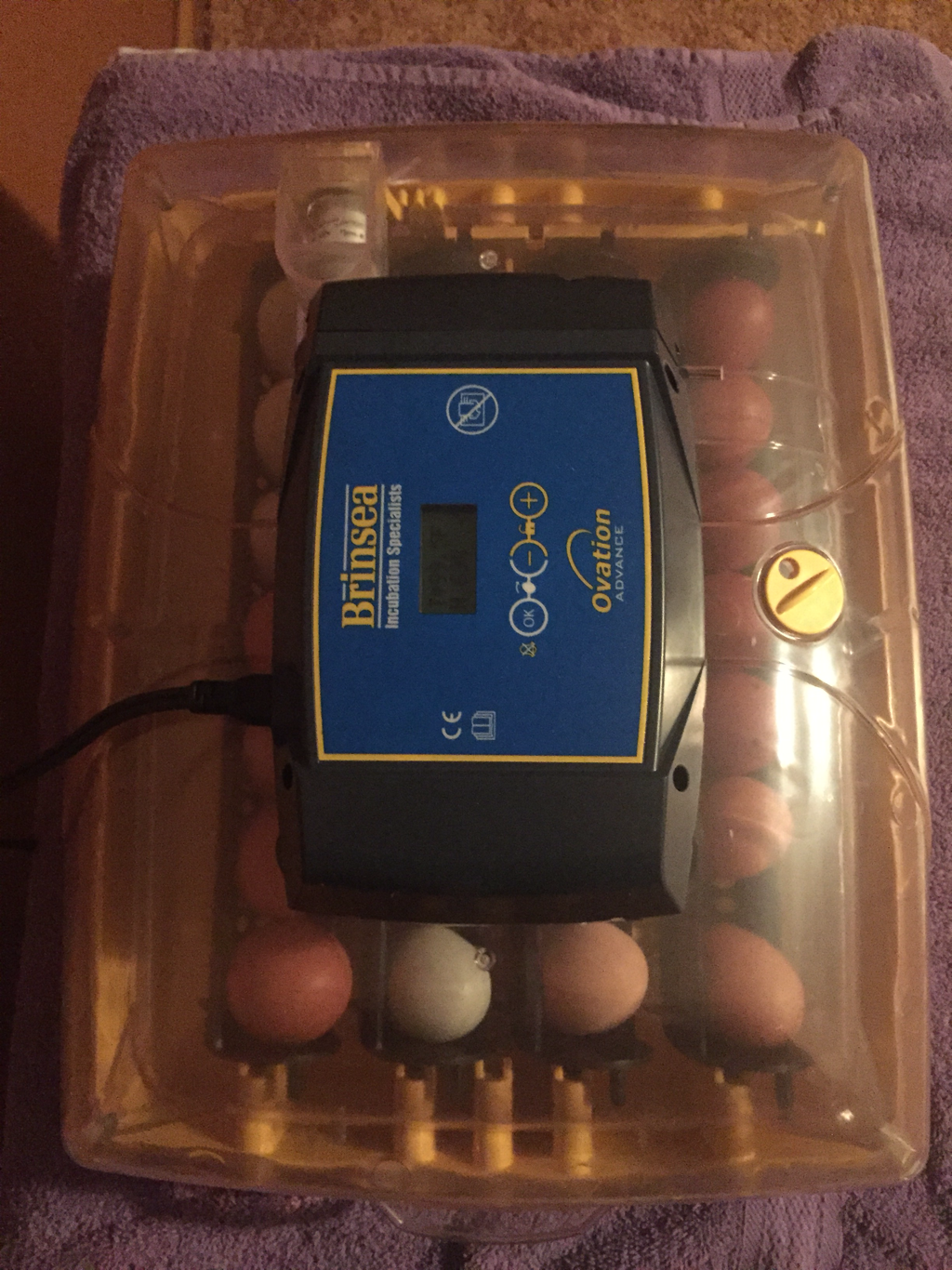
 RSS Feed
RSS Feed
